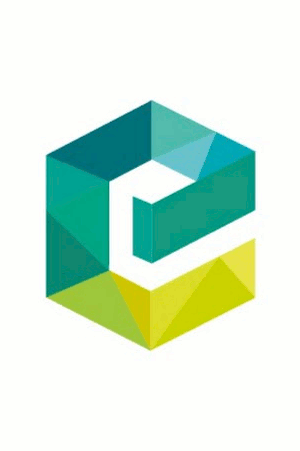
Preface
Hyogo Framework for Action and Urban Disaster Resilience
ISBN: 978-1-78350-927-0, eISBN: 978-1-78350-928-7
ISSN: 2040-7262
Publication date: 16 September 2014
Citation
(2014), "Preface", Hyogo Framework for Action and Urban Disaster Resilience (Community, Environment and Disaster Risk Management, Vol. 16), Emerald Group Publishing Limited, Leeds, pp. xxiii-xxiv. https://doi.org/10.1108/S2040-726220140000016009
Publisher
:Emerald Group Publishing Limited
Copyright © 2014 Emerald Group Publishing Limited
The world continues to experience dramatic suffering and loss of life due to natural hazards. The impacts of climate change are likely to further aggravate further rising trends of hydro-meteorological disasters. While urban population is on the rise, human exposure to hydro-meteorological hazards also continues to rise. Disaster Risk Reduction (DRR) has gained strong recognition due to the increased loss and damages of human lives and economic assets caused by the impact of natural hazards, as well as through the evolution of the international discussion on DRR. The disaster paradigm has accelerated toward resilience building by reducing vulnerability and exposure, in particular since the adoption of Hyogo Framework for Action 2005–2015: Building the Resilience of Nations and Communities to Disasters (HFA), as the global DRR policy framework for comprehensive DRR.
Due to a number of underlying factors, urban areas have a complexity and interconnectivity of various elements that need to be considered to build resilience of urban areas to disasters. To address urban risks, local level DRR is of fundamental importance, not only because it is closer to the citizens but because it is the repository of regulatory governance functions and local knowledge that are essential for effective DRR.
In this book, to understand global and regional DRR progress, HFA was reviewed. It was compared to the national progress review of the Philippines as the case study. The result of the review was linked to the case study for Makati City level DRR approaches.
It is crucial to understand the challenges for local governments to enhance its resilience and capacity for DRR reduction, and to find out what kind of tools, a process, and a mechanism would be effective to address those challenges. In this context, the ultimate objective of the book is to present an effective model for enhancing the capacity on DRR by local governments to build resilience to disasters, so that the study will contribute to supporting local governments to take DRR approaches in a comprehensive and sustainable manner. Finally, this book aims at presenting a conceptual framework for enhancing urban resilience of local government. This book consists of different methodology and approaches to collect primary and secondary data through literature review, case studies, fact finding assessment through questionnaire surveys, and development of action plan and interaction. Through this book, specific analysis and recommendations to Makati City for enhancing its DRR capacity were developed and also general suggestions for other cities which are drawn from Makati Case are proposed as a model process to enhance DRR resilience at the local government level. We hope that the readers will find this book useful.
Yuki Matsuoka
Rajib Shaw
- Hyogo Framework for Action and Urban Disaster Resilience
- Hyogo Framework for Action and Urban Disaster Resilience
- Copyright Page
- List of Tables
- List of Figures
- Abbreviations
- About the Authors
- Brief Introduction of the Series
- Brief Introduction of the Volume
- Preface
- Chapter 1 Introduction
- Chapter 2 Global Framework for Disaster Risk Reduction
- Chapter 3 Urban Issues and Local Level Disaster Risk Reduction
- Chapter 4 Disaster Risk Reduction Approaches
- Chapter 5 Risk Reduction Initiatives in Makati City
- Chapter 6 Microlevel Resilience Assessment in Makati
- Chapter 7 Approaches to Enhance Urban Disaster Resilience
- Chapter 8 Conclusion
- Appendix Barangay Climate Disaster Resilient Index Resilient Mapping
- References